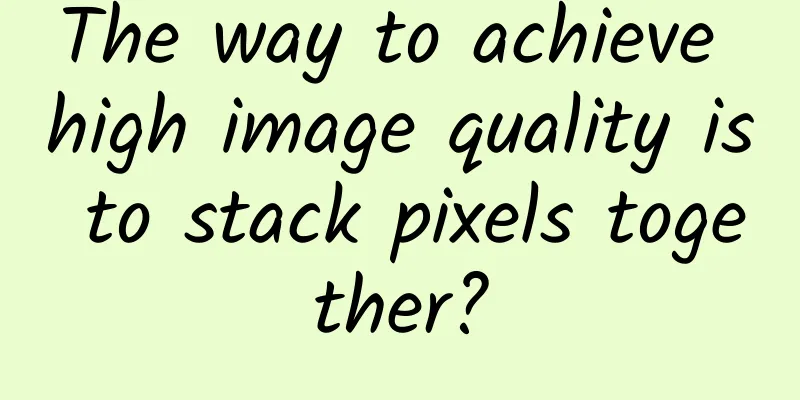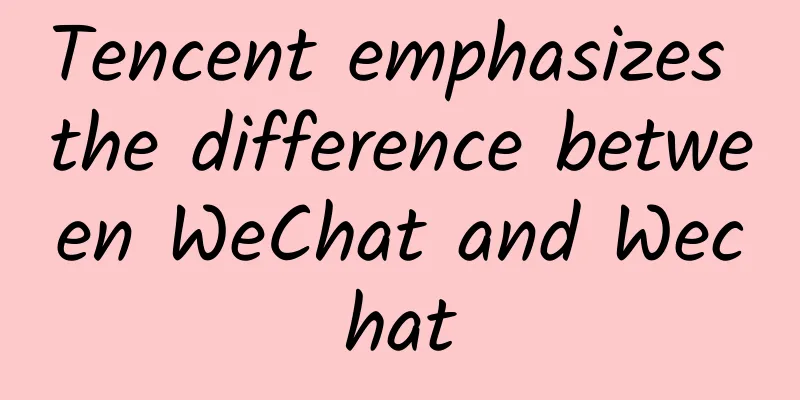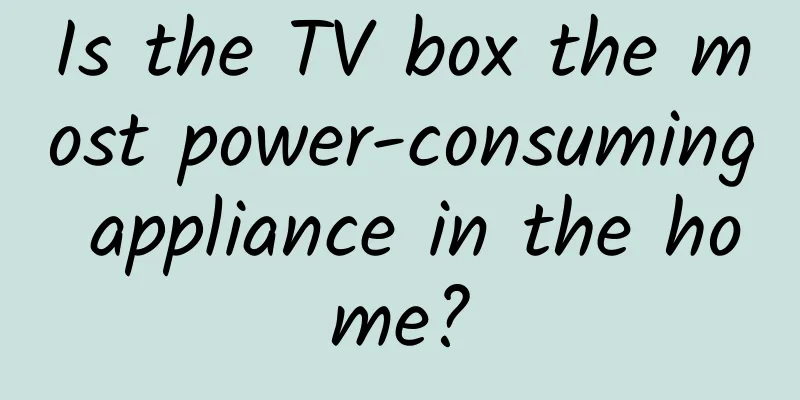The way to achieve high image quality is to stack pixels together?

|
Whether it is work or fishing, it is no exaggeration to say that today's "workers" can't do without the shining screen in front of them. However, when you use it, have you ever been curious about the "little dots" on the screen? These “little dots” are actually pixels, and screen imaging depends entirely on them! The pixel unit size is 10 microns (0.01 mm). Image source: Reference [1] Recently, a doctoral team at MIT has produced a new pixel unit, as shown in the figure above. This pixel unit is colorful in itself, and it is no longer necessary to have multiple monochrome sub-pixels to form a color pixel . Not only that, it can also reduce the size of the pixel by vertically stacking . This achievement provides a solution for developing display screens with smaller and clearer individual pixels. Small screen How many kinds of light can it emit? With the help of a magnifying glass or microscope, you can observe the details of the computer and mobile phone display as follows: Map: Salted Fish in the Sea As shown in the picture above, mobile phones, computers, and TV screens are composed of a large number of "small light beads" in red, green, and blue. So the question is, since the light emitted by the mobile phone screen in front of us is only three colors, why can the screen we see display so many more colors? Just like the picture below, it seems to us that it contains far more than three colors. Map: Salted Fish in the Sea The answer to the question is: human vision is a subjective feeling. Color is a subjective feeling produced by the human brain in response to the light stimulation received by the eyes. From red, green and blue to colorful What happened in between? Let's talk about visible light first. Visible light is electromagnetic radiation that can be perceived by the human eye. People have carefully classified it according to the wavelength characteristics of electromagnetic radiation. Visible light refers to electromagnetic radiation with a wavelength of 400 to 700 nanometers. This range is a popular definition. When people are young, their eyes can detect a wider range of electromagnetic radiation. Visible spectrum, with the corresponding wavelength of electromagnetic radiation below the color. Image source: Wikipedia The human eye can distinguish colors because there are three types of cone cells in the retina: L cells, M cells, and S cells. They have different sensitivities to different wavelengths of light. S cells are most sensitive to light with a wavelength of about 450 nanometers; M cells are most sensitive to light with a wavelength of 540 nanometers; and L cells are most sensitive to light with a wavelength of 570 nanometers. No matter how complex the light components received by the eyes are, the eyes ultimately output to the brain electrical signals generated by the three types of cone cells according to the degree of stimulation . These electrical signals are called "tristimulus values". The brain forms color perception based on the size of the tristimulus values. The combination of all three stimulus values determines the number of colors that humans can distinguish. Humans can distinguish about 10 million different colors. In contrast, dogs have only two types of cone cells and can only sense blue and yellow. In the dog's world, there are only yellow, gray and blue. You never thought our eyes could be so powerful! By exploring the principle of human color perception, we can make use of it. Color perception is based on the three stimulus values produced by cone cells. For different components of light, as long as the three stimulus values are the same, then their colors are the same to the human eye . The composition of light is different, but to the human eye they appear to be the same color. Two light sources with different wavelengths can change the tristimulus values by adjusting their respective luminous intensities. This allows the human brain to feel that it sees many colors. Although two wavelengths of light can produce different color sensations, they are not rich enough. The combination of three wavelengths of light can produce enough color sensations to cover all the colors that the human eye can perceive. We call the colors of the light source combination the three primary colors , and the three primary colors of the screen are red, green, and blue. This is determined by the response characteristics of human visual cells. The cone cells of the human eye are highly sensitive to these three colors. Using these three colors can achieve high-brightness display at low power consumption (other three-color combinations are also possible, and the combination of red, green, and blue is often used in the field of screens). Light source size is important Quantitative change leads to qualitative change Combining three wavelengths of light sources together is actually not enough. In order to make the colors appear ever-changing to the human eye, there is another very important parameter: size . Take television as an example. When watching TV, the human eye is about 3 meters away from the TV screen, and the image is very clear. But when we observe the TV screen up close, we can observe the colorful pixels that make up the screen. Similarly, there are large screens in shopping malls. If you look closely, you will find that the screen is composed of a combination of soybean-sized colored (red, green, and blue) LED lamp beads. If you look at this type of screen from a distance, you can see the normal display content. If you look at a part of the screen from a close distance, you can see a colorful dot matrix composed of many small lamp beads . Why is this so? This has to do with the human eye's ability to distinguish objects. The angle formed by the light source to the human eye is smaller than the minimum resolution angle of the human eye. The minimum resolution angle of the human eye is about 0.0167 degrees. The minimum horizontal resolution distance of the human eye at different viewing distances is shown in the figure below. When the screen is far away from the human eye, the human eye cannot distinguish individual lamp beads of different colors. The three-color lamp beads appear to the human eye as just a colorful bright spot, and the color of the bright spot is determined by the brightness of the three-color lamp beads. Map: Salted Fish in the Sea For example, if the resolution of a mobile phone is 2400×1080, it means that the long side of the phone has 2400 pixels (each pixel is composed of three sub-pixels that can emit light: red, green, and blue), and the short side has 1080 pixels. The size of the pixel itself needs to be smaller than the minimum horizontal resolution distance of the human eye in order to have a better display effect. Map: Salted Fish in the Sea In the microscopic photo of the screen shown above, a pixel is composed of 4 sub-pixels. The light intensity of each sub-pixel can be controlled individually. The size of the pixel determines the delicacy of the content displayed on the screen. Smaller pixels A more detailed virtual world The smaller the pixels of the screen, the clearer the image details that can be displayed . The same shape is displayed on screens with inconsistent pixel sizes. On the screen with a small pixel size, the pattern will appear more delicate and the viewing experience will be better. When displaying an image, the smaller the pixel size (left), the sharper the image edge. The emergence of VR glasses allows people to immerse themselves in the virtual world. VR can display three-dimensional content, and the perception is very close to the real world. In 1968, the first VR display was born in a laboratory. However, due to the technical conditions at the time, VR display equipment was very large and expensive, and could not be used on a large scale. Until 2014, Google engineers launched Cardboard, a simple device that allows users to experience VR display by placing their mobile phones inside. Many people have experienced the great advantages of VR display technology through this small box. Now, thanks to the rapid progress of screen manufacturing technology, you can buy a VR display with good display effects for only 3,000 yuan. Three years ago, a VR display with comparable performance would cost tens of thousands of yuan. Image source: wikipedia The screen structure of VR display is two small displays close to the eyes and some optical lenses. The closer the display is to the human eye, the more challenges it faces. As mentioned above, the closer it is to the eyes, the more subtle the structure can be. Cardboard allows people to experience the virtual world immersively, but it also exposes a flaw: the pixels of the mobile phone are too large, and the observed scenery is three-dimensional, but not delicate and grainy, as if looking at a calculator screen . Screen display technology has been developing for decades, and the pixel size is getting smaller and smaller. However, in the trend of VR display devices, the existing technology is still insufficient and will be difficult to meet people's requirements in the foreseeable future. Fortunately, scientists have come up with a new idea - if sub-pixels can be displayed in full color, each sub-pixel can be an independent pixel unit, which will immediately reduce the pixel size by more than half . Microscopic image of a cross section of vertically stacked display screens. Image source: Reference [1] The key to achieving full-color display with a single pixel is stacking. Overlapping the three pixels of red, green and blue greatly reduces the horizontal size. Through this method, the team produced a record-breaking high-pixel density display with performance parameters that can meet the stringent requirements of AR\VR devices. It is easier said than done. Each iteration of display technology involves a large amount of capital investment and numerous technical challenges. Humans rely on their eyes to receive up to 80% of external information. The emergence of displays allows us to watch things and scenes around the world without leaving home. Modern people spend most of their waking time staring at various screens, staring at large flashes of red, green and blue. After reading this article, I believe you in front of the screen must know that there is a lot of knowledge hidden in this small screen! References [1] Vertical full-colour micro-LEDs via 2D materials-based layer transfer[J]. Nature. [2] Davson Hugh. 1972. The Physiology of the Eye. Burlington: Elsevier Science. [3] Yu Daoyin, Tan Hengying. Basic Course of Engineering Optics[M]. Machinery Industry Press, 2007. [4] Gross H. Handbook of Optical Systems. Wiley-VCH, 2008. [5] https://en.wikipedia.org/wiki/Virtual_reality# [6] https://en.wikipedia.org/wiki/Google_Cardboard Planning and production Produced by Science Popularization China Produced by Salted Fish in the Sea Master of Optics from Changchun Institute of Optics and Fine Mechanics, Chinese Academy of Sciences Producer丨China Science Expo Editor: Cui Yinghao |
<<: Why are konjac shreds white and konjac cubes black?
Recommend
Google Toilet Culture: Testing Programs on the Toilet
[[124512]] Google's toilets are famous not on...
Does the "demon boy" Nezha have ADHD? You will understand everything after reading this!
In the hit movie Nezha: The Devil Boy Conquers th...
What changes will happen to your body 24 hours after drinking? People who drink frequently should not ignore these signals!
The best way to escape drinking at the table↓↓↓ T...
FAW-Volkswagen: FAW-Volkswagen's vehicle sales reached 154,000 fuel vehicles in March 2025, an increase of 1.4% year-on-year
According to recent news, FAW-Volkswagen released...
How can enterprises operate new media related to party building?
Nowadays, more and more companies have begun to o...
How to plan an event? 6 big steps!
The concept of "organizing an event" ma...
How to use the pyramid model to implement user stratification operations (with case studies)
As the Internet becomes more and more permeable i...
The most complete and practical operation tool library in history, everything you want is here!
To do operations , we must be familiar with the m...
Programmer's own ability expansion model
[[142043]] I heard someone say a word called “Com...
Behind the rapid development of AI big models, is sustainable development achieved through “green computing”?
Currently, artificial intelligence (AI) has been ...
LeEco vs Xiaomi: A battle is inevitable
LeTV held a "breathtaking" press confer...
WCRF & AICR: Survey shows that high intake of dairy products is associated with higher risk of liver cancer, female breast cancer and overall cancer among Chinese adults
For most people, dairy products are foods with hi...
3 elements of APP operation and promotion strategy!
All resources have a focusing effect. For product...
Counterpoint: 4G Cat 1 bis will replace 4G Cat 1 for IoT in 2030
According to the latest report from Counterpoint,...
Advertising skills: Why does a high click-through rate not lead to a high conversion rate?
In the advertising industry, there has always bee...









